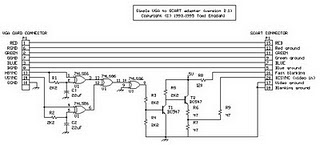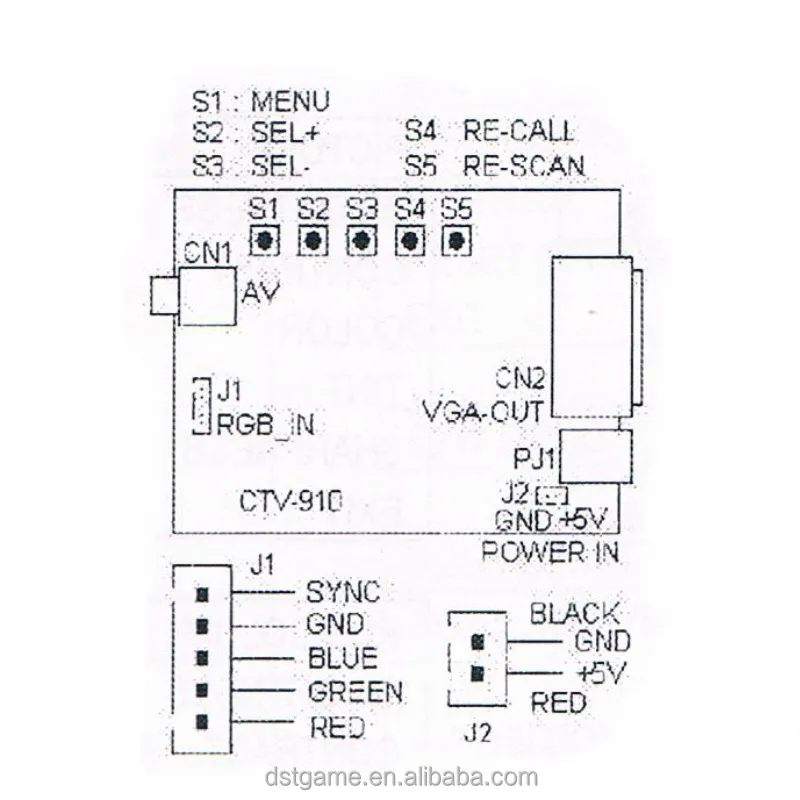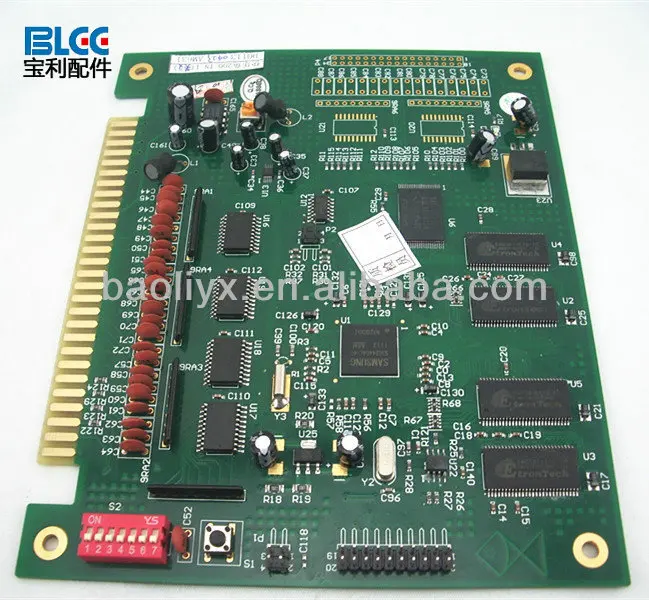
It offered 640×350 resolution with 16 colors (from a 6-bit palette of 64 colors) and a pixel aspect ratio of 1:1.37. The EGA controller wasn’t anything special really.

Even the clones got cloned and Everex took a license from C&T, so it could manufacture an EGA chip for its PCs.įigure 3: With the advent of an integrated EGA controller, the AIBs started to get smaller (Old Computers) By 1986 there were over two-dozen such suppliers and the list was growing. Other chip companies such as ATI, NSI, Paradise, and Tseng Labs also produced EGA clone chips, and fueled the explosion of clone-based boards. Within a year the low-cost clones had captured over 40% of the market. A year after IBM introduced the EGA AIB, Chips and Technologies came out with a chip set that duplicated what the IBM AIB could do. It wasn’t an integrated chip however, it’s I/O was well documented, and it became one of the most copied (“cloned”) AIBs in history. The EGA was then superseded by the VGA standard in 1987.įigure 2: IBM’s EGA Add-in board - notice the similarity in form factor and layout to the CGA (Vlask)īut the EGA established a new industry. IBM introduced the second-generation Enhanced Graphics Adapter (EGA) in 1984 that superseded and exceeded the capabilities of the CGA.

Those AIBs were over 33 cm (13-inches) long and 10.7 cm tall (4.2-in). The large chip in the center is a CRT timing controller (CRTC), typically a Motorola MC6845.įigure 1: IBM’s CGA Add-in board (hiteched)

It didn’t have a dedicated controller and was assembled using a half dozen LSI chips. The CGA AIB had 16 kilobytes of video memory and could drive either an NTSC-TV monitor or a dedicated 4-bit RGB CRT monitor, such as the IBM 5153 color display. When IBM introduced the Intel 8080-based Personal Computer (PC) in 1981, it was equipped with an add-in board (AIB) called the Color Graphics Adaptor (CGA). The initiation of bit-mapped graphics and the chip clone wars


 0 kommentar(er)
0 kommentar(er)
